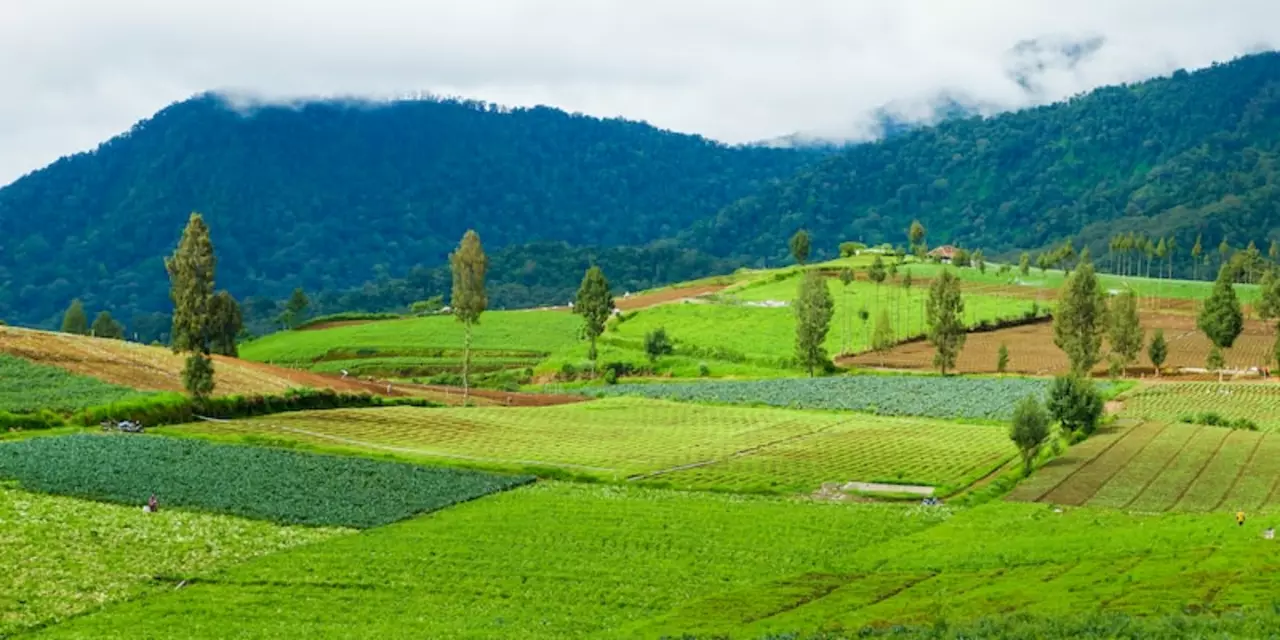Indian Reservation System: A Straight‑Forward Guide
Ever wonder why a certain percentage of government jobs or college seats in India are set aside for specific groups? That’s the reservation system at work. It’s basically an affirmative‑action policy designed to level the playing field for communities that have faced historic discrimination.
How the System Came to Be
The roots go back to the 1950 Constitution, which gave the new nation a tool to address deep social inequities. The first major push came in the 1950s and 60s, when seats in public sector jobs and universities were earmarked for Scheduled Castes (SC), Scheduled Tribes (ST), and later Other Backward Classes (OBC). The idea was simple: if a group has been shut out of education and employment for generations, give them a foothold now.
Over the years, the quotas have been tweaked. Today, about 15% of seats are for SC, 7.5% for ST, and roughly 27% for OBC in most central institutions. Some states add their own categories, and certain private colleges voluntarily follow the policy.
Who Wins and What the Numbers Mean
For many candidates from reserved categories, the system opens doors that would otherwise stay shut. A student from a rural SC background, for instance, might secure a seat in engineering or medicine that they could never afford to compete for without the quota. In the public sector, reservation ensures that a fair share of government jobs go to people who understand the challenges of marginalized communities.
But it’s not just about numbers. The presence of SC, ST, and OBC employees in bureaucracy helps bring diverse perspectives to policymaking. It also sends a strong signal that the state acknowledges past wrongs and is taking steps to fix them.
Critics argue that reservation can lower standards or breed resentment among the ‘general’ category. They point to cases where merit seems sidelined. Proponents counter that merit itself is often a product of unequal access to resources, so the system actually restores fairness.
Recent court rulings have tried to strike a balance. The Supreme Court capped the total reservation at 50% in most cases, allowing a bit of flexibility for exceptional circumstances. Meanwhile, debates continue about whether the OBC list should be revised, how to address the “creamy layer” (wealthier members of OBCs), and whether new categories like economically weaker sections (EWS) deserve separate quotas.
So, what should you take away?
- Reservation is a constitutional tool aimed at correcting historic injustice.
- It applies mainly to government jobs and higher‑education seats, with percentages set for SC, ST, OBC, and sometimes EWS.
- The system benefits millions of individuals by giving them a real chance at education and stable employment.
- Debate over its fairness and scope is ongoing, but the core goal remains social equity.
If you’re navigating college admissions or a government job exam, know which category you fall under and how the quota works for you. Understanding the basics can save you time, avoid confusion, and help you make the most of the opportunities the policy offers.
In short, India’s reservation system is a dynamic, sometimes controversial, but fundamentally egalitarian effort to bring everyone onto a more equal footing. Keep an eye on policy updates, because changes can happen with new legislation or court rulings, and those shifts could affect your next step.
Can you buy land on an Indian reservation?
Posted by Aarav Khatri on Jan, 27 2023

Can you buy land on an Indian reservation? The answer to this question is yes, in some cases. Depending on the particular tribe, there are various ways to purchase land on a reservation. Certain Indian tribes allow outsiders to purchase reservation land, while others require that land sales are restricted to tribal members. In some cases, a trust may be established in order to facilitate the purchase of land on an Indian reservation.